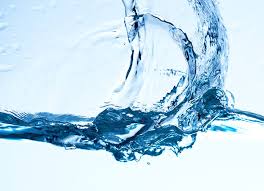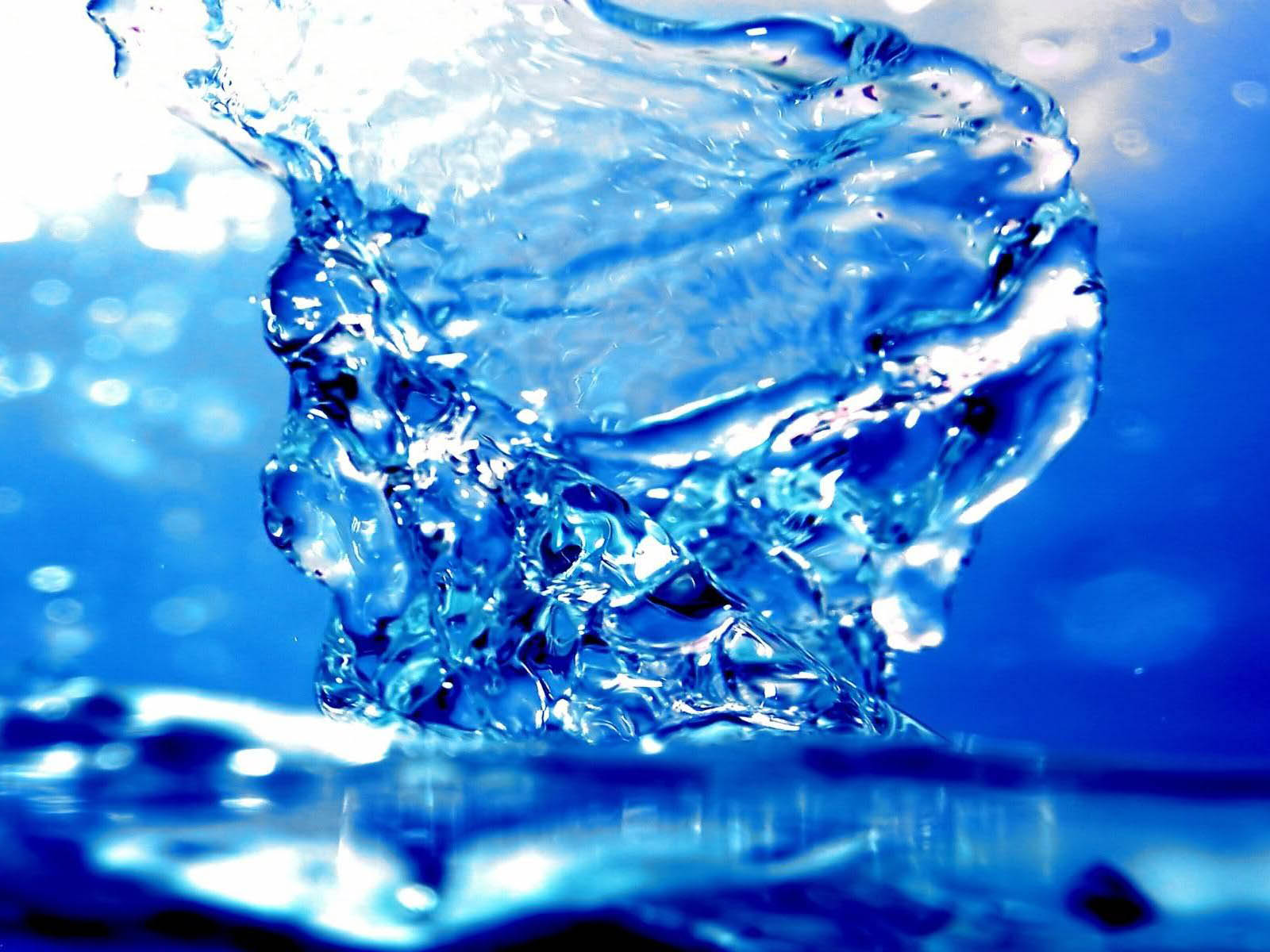Renovating Your Kitchen? - Water Filters and Reverse Osmosis Systems

Mineral water filtration systems have become a standard fixture in most kitchens today, in particular as more and more scientists and health professionals report that most if not our drinking water supplies are contaminated with human-made pollutants, as well as not just municipal systems, but wells, lakes, rives, and also glaciers. Unfortunately, bottled water has been shown to have its own host about problems, including serious health and environmental effects. However , though a good water filtration system is the best way to ensure healthy along with safe drinking water, it's not enough to install just any filter in your own home. Though the purpose of any water filtration system is to improve the excellent and taste of drinking water, there is a wide range of filters on the market, each with varying costs and effectiveness. The process of refining their plans kitchen renovation is a perfect time to consider the different mineral water filter options. Some of the most popular filters are explained underneath to help you choose the best water filter for your home.
Reverse Osmosis
Reverse osmosis is one of the most effective filtration methods available today. Even though process has been known for over 100 years, it wasn't so that the 1950s that the U. S. government developed it as how for the Marines to desalinate water to make it drinkable. In terms of brief explanation, "regular" osmosis occurs when molecules experience a permeable membrane to equalize the concentration of molecules on both sides. As its name implies, reverse osmosis is when the opposite occurs. Instead of equalizing the quantity of substances on both sides of the membrane, water demand pushes pure water on one side of a membrane, allowing a concentration of pollutants on the other.
Reverse osmosis typically as well employs two carbon filters and/or other pre-filters, which in turn work to remove a wide range of dangerous contaminants, including lead, mercury, and arsenic. Reverse osmosis is also effective at removing the majority of pharmaceutical drugs, coliform bacteria, E. coli, percolate, VOCs, viruses, fluoride, chlorine, chloramines, herbicides, pesticides, cryptosporidium, THMs, and MTBEs. In fact , while typical faucet or counter top filters are 1 stage filters, meaning they have only one basic carbon filter, reverse osmosis systems typically have a 5 stage filtration system. Furthermore, while countertop filters employ a 1-5 micron rating, which means contaminates smaller than 1 micron (such as asbestos, insecticides, may not be filter out), any reverse osmosis filter typically holds a micron report of. 0001. While reverse osmosis systems can cost even more upfront, their filters only need to be replaced once a year, whereas counter filters need replacing every couple of months. Know more https://www.watersystemsguide.com/under-sink-water-filters
Although reverse osmosis effectively removes an impressive array of unhealthy contaminants, it can also clear away important minerals that contribute to taste and health associated with water, including magnesium, calcium, and potassium. Some study workers suggest these important minerals are also found in common ingredients and are therefore not needed in drinking water. Other health professionals, nevertheless report that long-term intake of de-mineralized water can be unsafe and can lead to mineral deficiency and/or an unhealthy level of radical in the body. Additionally , reverse osmosis generally requires between few gallons of water to produce one gallon of pure water, which some experts consider wasteful.
Other Favorite Water Filters
Other popular filters include water pool filter pitchers, which are very easy to use and have a low initial price tag. Water pitcher filters typically can reduce lead, copper, chlorine, and chlorine by-products. However , while any filter provides great progress over no filter, pitcher filters are probably the least effective will filter for their cost, especially considering that filters will need to be replaced any few months. Some pitcher filters may also be slow and at risk from clog. Because pitcher filters have such a short daily life, they may not be practical for a family of four or more who could possibly consume a couple of gallons of water a day.
Filter sink faucets or filters installed directly on the faucets are also well-liked because, like pitcher filters, they are very easy to use. Pool filter faucets are usually easily placed onto the head of a filtration systems that, and they conveniently allow a person to switch from filtered that will unfiltered water. Most filter faucets effectively remove lead, inorganic bug sprays, sediments, and chlorine. However , because they typically use a equivalent type of filter as a water pitcher, the filter wants replacing often and filtering can be slow.
Another famous type of filter are counter-top water filters, which filling device directly to the faucet after the aerator is removed. Counter-top filters provide a level of filtration higher than a water glass pitcher or filter faucet because it uses a combination of carbon filters and other filters. Counter-top filters are also less likely to shoe than a pitcher filter or a filter faucet. They also allow for a large amount of water to be filtered without having to alter any pipes.
Similar to counter-top water filter, under sink filters might filter large amounts of water. However , unlike counter top filter systems, they don't take up valuable counter space and instead attach to conduits under the sink. They are also typically more effective than pitcher different types of water filters because under sink filters offer a two-step filtering process. However , under sink filters require alteration to the plumbing (sometimes by a professional) and drilling some sort of hole through the sink or countertop for the dispenser, that may mean longer installation time than other filters. They also take room under the sink.
Reverse Osmosis Water Filters

The faucet water that comes out of your faucet is perfect. Get a separate out or be a filter. Which of these two sentences tend to be true? Both are partially true.
In many places, tap water won't taste good. In other places, tap water has tiny amounts of substances you would not want to drink - and over a lifetime would get an affect on you.
There are many kinds of potential problems for tap water. Even if your city provides good water, it needs to travel a long way through old pipes on the way to your house.
I personally use them a whole-house ten micron sediment filter to pool filter all water going into my house. I change the filters all five months, and they are filthy and red-colored, because of the corrode and dirt in the water. When you use a whole-house clean, shower heads and faucet screens don't clog. Whole-house filtration system are separate from drinking water filters.
All reverse osmosis water systems require both sediment and carbon pre-filters. All filters need to be changed. Plan on changing sediment plus carbon filters every six months or sooner, and turn back osmosis membranes every 2-3 years.
It's best to buy a dissolved solids meter, and test your water every month to make sure the method is working right. Pure water will measure totally free parts per million of dissolved solids. Tap water should measure at least 200 parts per million.
Don't get some liquid chemical test set, get a $25-$50 portable battery-operated tester with a LCD readout. These cheap meters basically show the total dissolved solids in water - it doesn't tell you what is in the water.
Water filter systems and renewal filters are available on eBay and Amazon, and many other venues - even retail stores.
The hardest parts of installing water screens are connecting to the supply side of the water into your family home, connecting to a drain line for the waste water, and even installing a clean water faucet onto your sink. All a water filter installation is easy.
You may need a plumber, and to buy a system where they will install it for you. The best software has clear plastic casings, so you can see how dirty the will filter get. The best systems also use standard-sized replacement filters, to make sure you don't have to buy tiny, expensive, and proprietary filters.
Undo osmosis water filters require both a sediment in addition to a carbon filter in front of them, to screen out the dirt but just as of the junk, before the water enters the reverse osmosis filter.
A sediment filter blocks particles larger than all five or ten microns. That's an improvement over tap water, however does not help the taste, or filter out tiny or mixed nasty stuff in the water. The next step is a carbon engine block filter.
Almost all carbon block filters are activated. Initial is a process where high pressure steam is passed through fossil fuel to purify it so that it becomes almost pure carbon. Carbon is the fourth most common element in the universe, as well as needed for life. Carbon makes an excellent filter, especially when extruded into a solid block.
Activated carbon block filters difficulties water to trap much more particles than a sediment sift can. Activated carbon filters have a positive charge to draw chemicals and impurities. As the water passes through the positively-charged carbon, the negatively-charged contaminants are attracted and in order to the carbon.
Activated carbon block filters strain over sediment, dirt, bacteria, algae, chlorine, some pesticides, asbestos friction material, and much more. They filter sub-micron size particles, making superior water that tastes good.
The water passing through activated co2 blocks still has some particles, chlorine, nitrates, fluoride, and various other dissolved junk. The next step for the best quality water is a undo osmosis filter.
Reverse osmosis filters force water with 0. 0001 micron-wide holes, through semi-permeable membranes. Extensive sheets of membranes are sandwiched together and folded up around a hollow central tube in a spiral.
The main reverse osmosis filter removes 99% of the remaining poor quality in the water. It takes almost everything out, even the calcium together with magnesium in the water. Most often a small carbon filter must be used after the reverse osmosis filter, to improve the taste and grab a bit more of that 1% of junk the reverse osmosis filter lets go though.